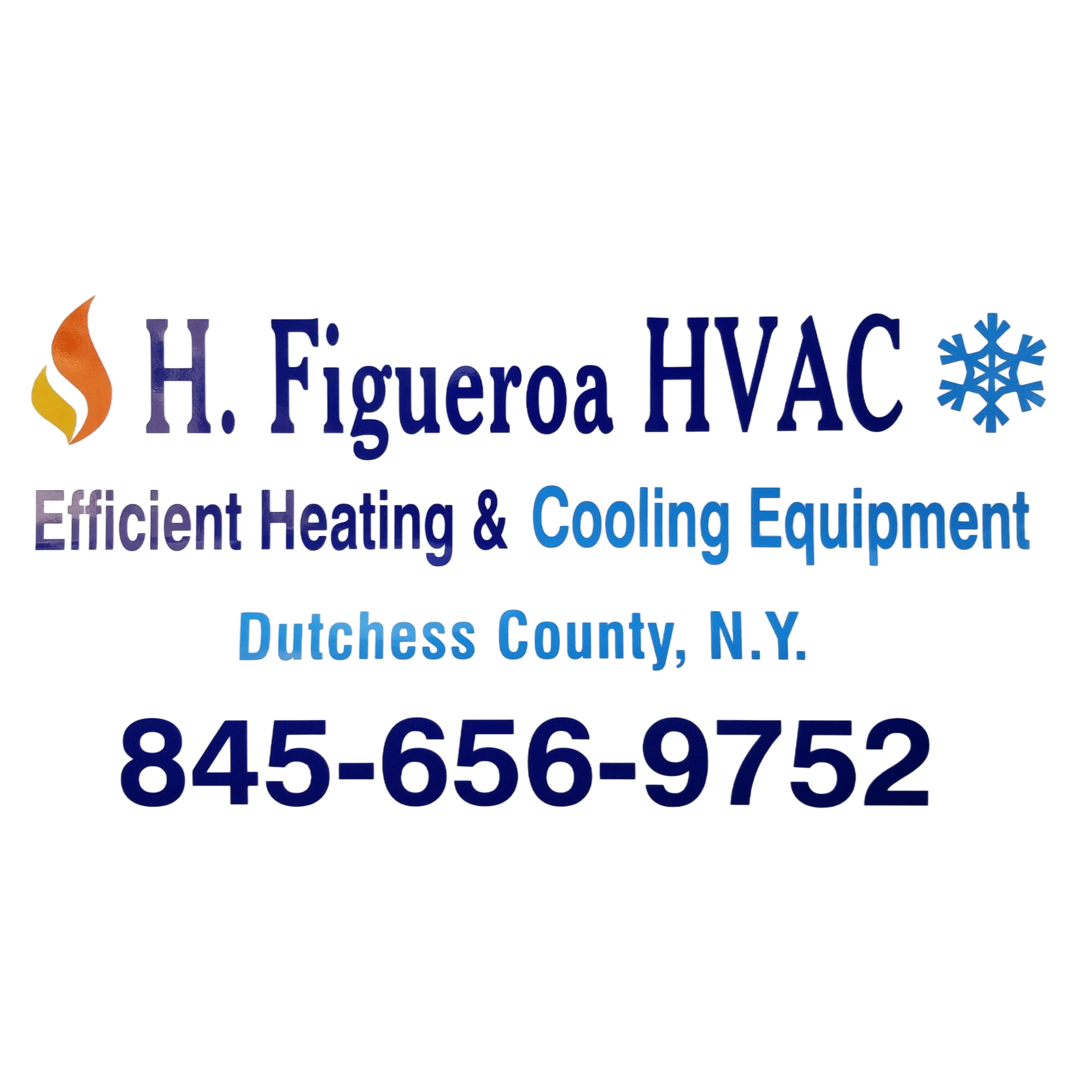Furnace Repair
Furnace Repair Services in Poughkeepsie, NY
In the event that your furnace experiences a malfunction during the evening or overnight, particularly in the winter months, there is a risk of a significant drop in indoor temperature by morning, resulting in discomfort for occupants. Although the indoor environment may offer some protection from the elements, the lack of heating can lead to dissatisfaction among household members. To address such situations promptly, it is crucial to establish a partnership with a trusted and dependable service provider well in advance of any potential issues. With the support of a knowledgeable professional in your local area, you can swiftly contact them should a problem arise, ensuring minimal disruption to your heating service.
Furnace Installation Poughkeepsie, NY
It’s easy to take your furnace for granted when it is producing the heat you want, but if it ever stops during a cold winter night, you might be left panicked and scrambling to find an answer. Just because there is no furnace emergency happening at the moment doesn’t mean you can’t find a reliable heating expert to use if your heating system ever does shut down. Searching this way allows you to take your time and you’ll know exactly what to do if trouble does happen out of the blue.
Signs Your Furnace Needs to Be Replaced
Here are some clear signs that your furnace might need to be replaced: If your furnace is over 15 years old, has been requiring frequent repairs, is producing unusual noises, or if you notice a significant increase in your energy bills, it may be time to consider investing in a new furnace. Additionally, if you are experiencing inconsistent heating throughout your home or if you have noticed an increase in dust and debris, these could also be indicators that your furnace is reaching the end of its lifespan. Regular maintenance and timely replacement of your furnace can ensure that your home stays warm and comfortable during the colder months.
Age of the Furnace: Most furnaces have a lifespan of around 15-20 years. If your furnace is reaching or exceeding this age, it's likely becoming less efficient and more prone to breakdowns. Even if it's still operational, replacing it with a newer, more efficient model could save you money in the long run.
Frequent Repairs: If you find yourself frequently calling a technician to repair your furnace, it might be more cost-effective to invest in a new unit rather than continuing to pay for repairs. As furnaces age, their components wear out, leading to more frequent breakdowns.
Increased Energy Bills: A sudden increase in your heating bills without a corresponding increase in usage could indicate that your furnace is losing efficiency. Older furnaces often require more energy to operate, leading to higher utility bills.
Uneven Heating: If you notice that some rooms in your home are consistently warmer or cooler than others, it could indicate that your furnace is struggling to distribute heat evenly. This could be due to aging components or improper sizing for your home's heating needs.
Strange Noises: Unusual sounds such as banging, rattling, or squealing coming from your furnace are often signs of mechanical problems. While some issues can be repaired, if your furnace is making frequent or particularly loud noises, it might be a sign that it's time for a replacement.
Yellow Pilot Light: If you have a gas furnace, the pilot light should burn blue. A yellow or flickering pilot light could indicate the presence of carbon monoxide, which is a serious safety hazard. If you notice this, turn off the furnace immediately and contact a professional for inspection.
Visible Signs of Rust or Corrosion: Rust or corrosion on the exterior of your furnace can indicate internal damage or leaks. This can lead to reduced efficiency and potentially dangerous situations such as carbon monoxide leaks.
Inadequate Heating: If your furnace is struggling to keep your home warm, even when running continuously, it might be a sign that it's no longer capable of meeting your heating needs effectively. This could be due to aging components or improper sizing for your home.
Health Concerns: If you or your family experience frequent headaches, nausea, dizziness, or flu-like symptoms while the furnace is running, it could indicate a carbon monoxide leak. This is a serious health hazard that requires immediate attention and may necessitate furnace replacement.
Visible Damage or Wear: Inspect your furnace for any visible signs of damage or wear, such as cracks in the heat exchanger or damaged components. If you notice any significant issues, it's best to consult with a professional HVAC technician to determine if replacement is necessary.
When You Should Have Your Furnace Replaced?
It is recommended that you consider replacing your furnace every 15 to 20 years for optimal performance and efficiency. While a well-maintained heating system can indeed last up to 20 years, ongoing maintenance is crucial during this period. As furnaces age, the frequency and cost of repairs may increase, making it financially impractical to continue with the existing system. Additionally, newer energy-efficient furnace models are now available in the market, offering potential cost savings compared to older units.
To navigate this decision effectively, it is advisable to consult with a reputable heating professional. By seeking guidance from an experienced expert, you can receive tailored advice on when the opportune moment arises to transition from your current furnace to a new, more efficient model.
Schedule a Free Estimate!
Fill in the form below and we'll be in touch to tell you as soon as possible for your HVAC needs.
Contact Us
We will get back to you as soon as possible
Please try again later







